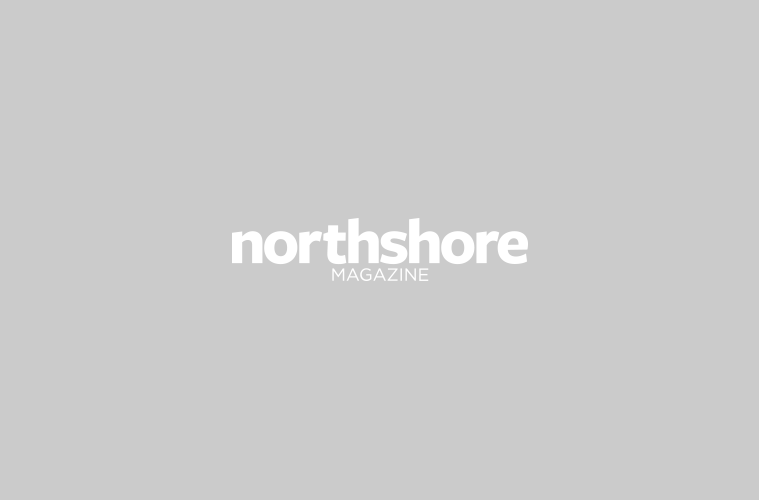Picking the right bottle of Champagne or sparkling wine to share with your better half isn’t always as easy as it sounds. Here are six top picks.
By Donna and Peter Hamer
Editor’s Note: You can find these champagnes and sparkling wines at Andover Liquors in the Shawsheen Plaza off Main Street in Andover, 978-470-0500.
• Zardetto Prosecco: This Italian bubbly has a vivacity and freshness that comes from a decent dose of acid. $10-$20
• Chandon Blanc de Noir: Made with all three of the Champagne grapes (chardonnay, pinot noir, and pinot meunier), this beautifully colored bubbly has nice fruit from the grape skins. $15-$20
• Moet & Chandon White Star: This blend has a touch of sweetness that compliments many types of foods and makes it a celebration all by itself. $30-$40
• Veuve Cliquot Ponsardin “Orange Label”: The gold standard of French Champagne, this is full-bodied and slightly yeasty. Very lively and fresh, with subtle fruit. $35-$45
• Bollinger Special Cuvee: Don’t save this mature Champagne. With a great fruity balance and a long finish, open it now and enjoy. $70
• Moet & Chandon Dom Perignon (vintage): The top of the line for Moet & Chandon, this refined Champagne has an elegance that rewards your attention to details. $110-$160
Champagne 101: How to Select and Judge the Right Bottle
• Ask the Expert: Check with your local wine merchants for recommendations. They may ask what style you like and how much you want to spend. A style can be defined as full-bodied and fruity or light-bodied and sweet.
• Bubble size: The smaller or finer the bubbles, the higher quality the Champagne.
• Locale: Only sparkling wine from the Champagne region of France, northeast of Paris can legally be called Champagne. All other sparkling wines should be termed “Sparkling Wine” or “Methode Champanoise,” meaning the wine is made in the Champagne style. This rule is not always followed by producers of sparkling wine.
• Vintage vs. Non-vintage (NV): A vintage champagne uses 80% of the grapes from only one year, while an NV Champagne will be a representation of the house style of that Champagne. Many Champagne houses feel that the NV is a ‘truer’ idea of what that house produces. So, it’s important to realize that non-vintage champagnes will be consistent, no matter when you taste them. Vintage Champagnes showcase that particular vintage, while non-vintage champagnes will showcase the style of the winery. For value, non-vintage Champagnes are the ones that consumers should seek out.
• Champagne Type: Blanc de Blancs is made from 100% chardonnay grapes, while rose Champagne has color from extended skin contact with the grapes. Most Champagnes are made with a majority of chardonnay grapes, but pinot noir and pinot meunier are also used.
• Dryness: The level of dryness ranges from extra brut (driest) to doux (sweetest). The designation “extra dry” is actually one of the sweetest Champagnes. Most consumers will see brut (dry), extra dry (sweet), or demi-sec (very sweet) in the stores.
• Food Pairing: The acidity and tickling bubbles of champagne make it a great match for a number of dishes, from rich to crisp. Lobster is one dish that works very well with Champagne (in fact most shellfish are great) and at the other end of the spectrum, it is known that hot dogs pair very well with Dom Perignon. In truth, Champagne may be the one wine that truly pairs with just about any food.

